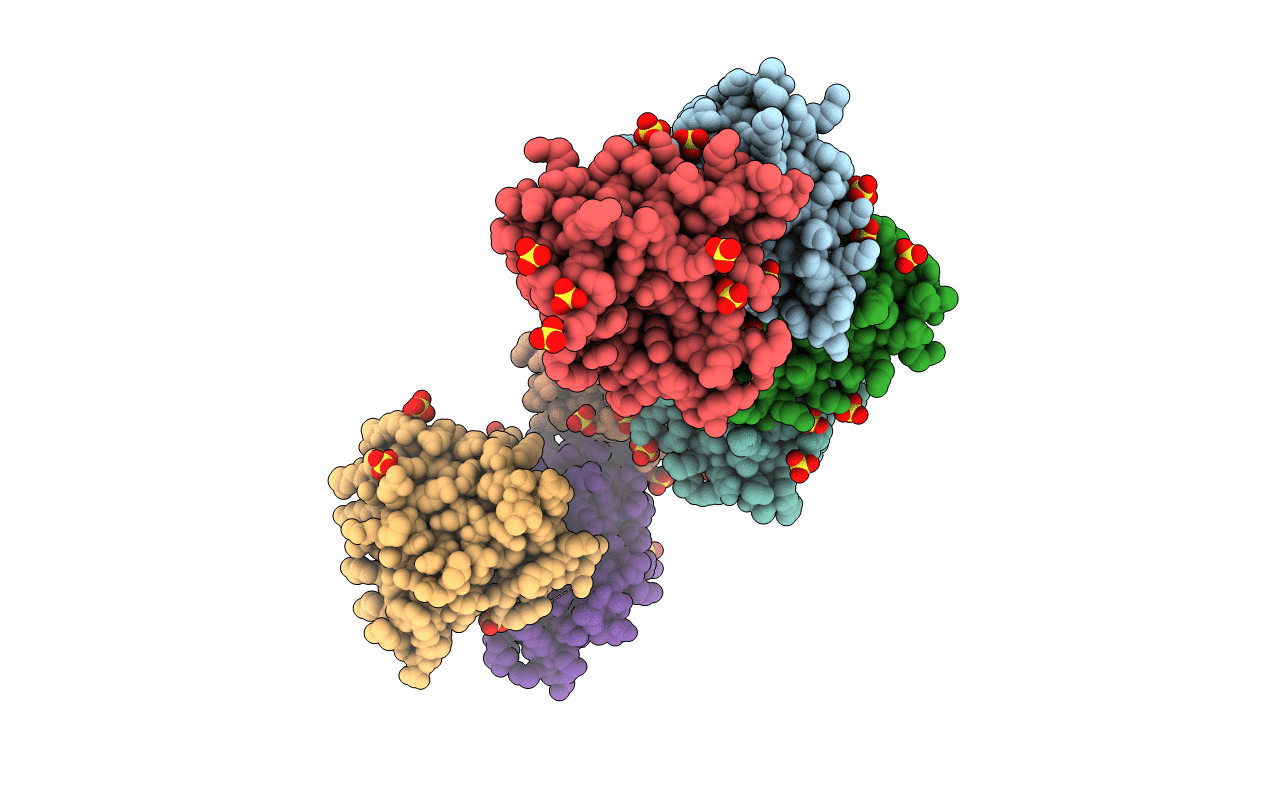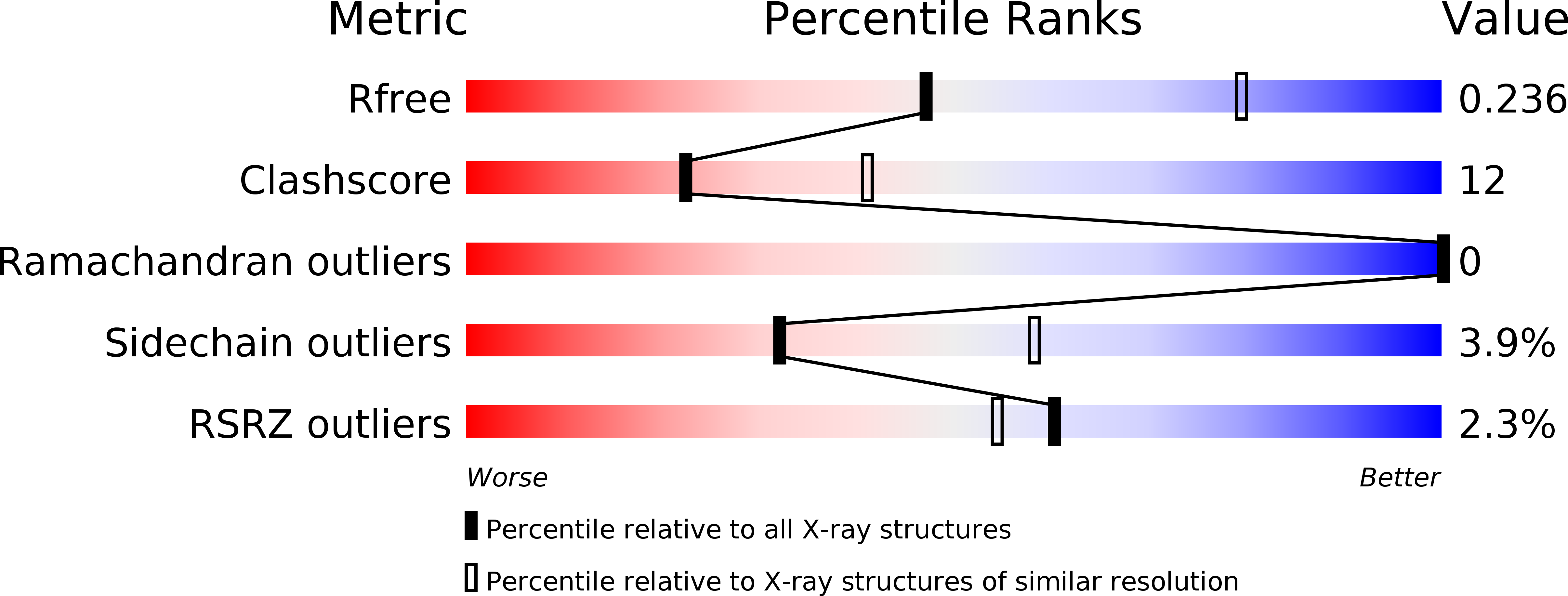
Deposition Date
2013-02-24
Release Date
2013-10-16
Last Version Date
2024-11-27
Entry Detail
Biological Source:
Source Organism:
Phlebotomus duboscqi (Taxon ID: 37738)
Host Organism:
Method Details:
Experimental Method:
Resolution:
2.60 Å
R-Value Free:
0.23
R-Value Work:
0.19
R-Value Observed:
0.19
Space Group:
P 21 21 21


